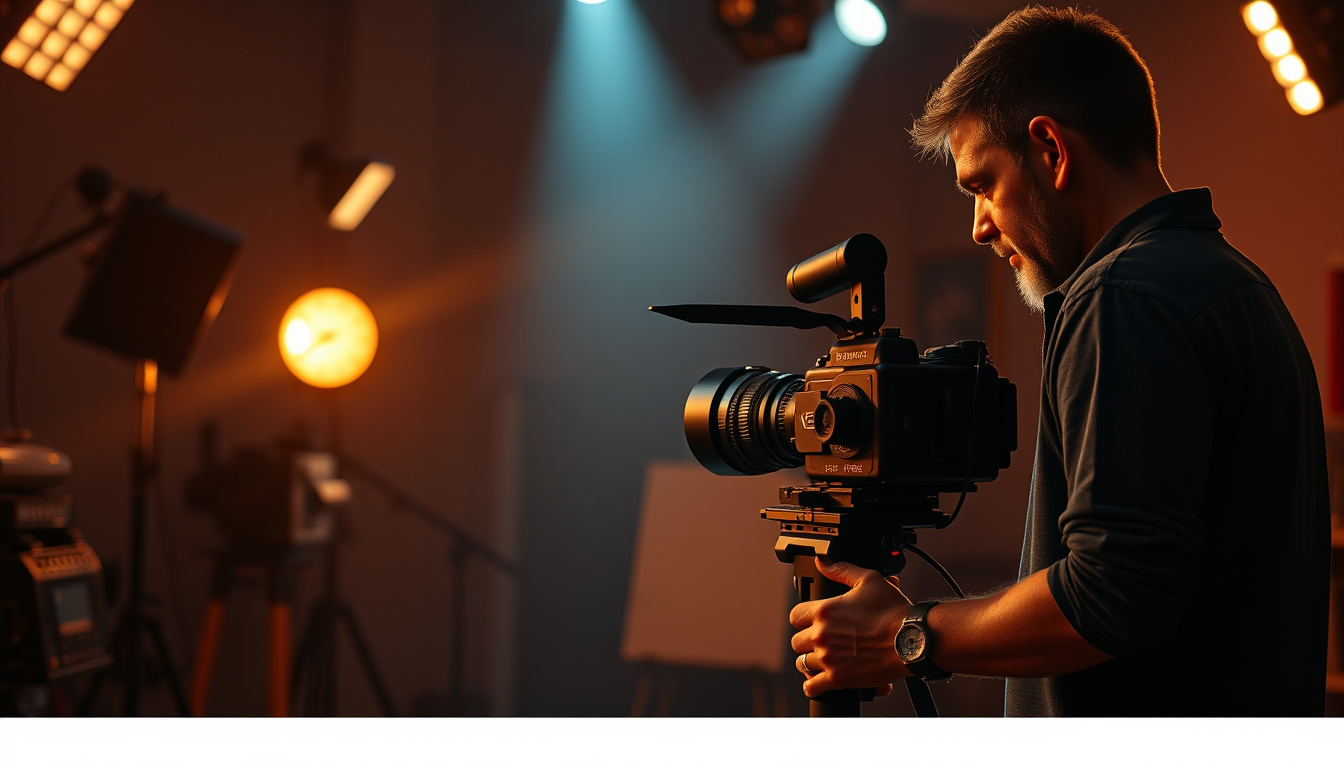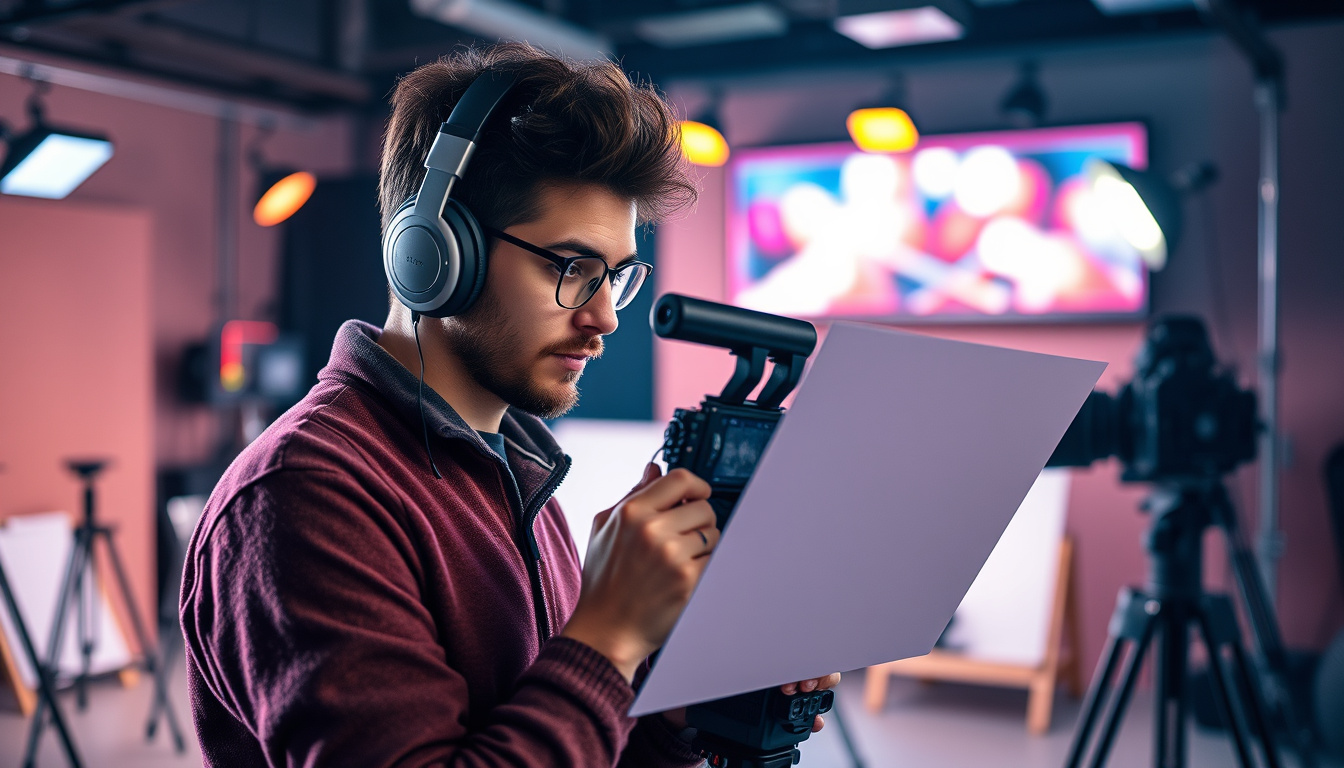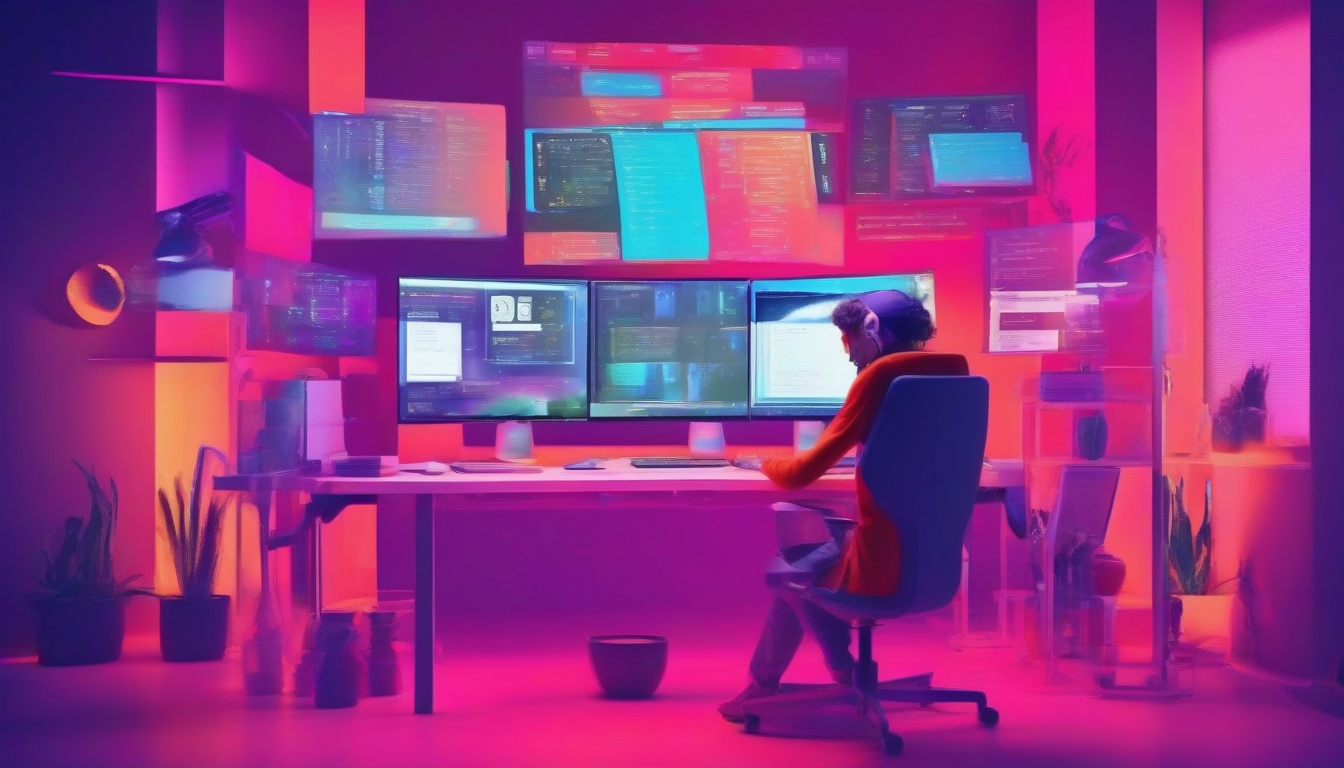
Film directing is an art form that requires a blend of creativity, leadership, and technical knowledge. For anyone passionate about storytelling through cinema, mastering film directing is essential to bring a script to life and create compelling visual experiences. Whether you’re aiming to direct documentaries, feature films, or short independent projects, understanding the core techniques of film directing can set you apart in a highly competitive industry.
In this article, we’ll explore essential film directing techniques tailored for aspiring directors. From the basics of visual storytelling to managing crews and actors effectively, this guide will equip you with practical skills to start your journey confidently.
Understanding the Role of a Film Director
Before diving into specific techniques, it’s important to grasp the full scope of a film director’s responsibilities. The director is the primary creative force on a film set, shaping the vision and guiding every aspect of production to ensure the story is told visually and emotionally.
Key duties include:
- Interpreting the script and envisioning the narrative flow
- Collaborating with writers, cinematographers, editors, and actors
- Managing rehearsals and directing performances
- Making critical decisions about shots, pacing, and tone
- Overseeing editing and post-production to maintain consistency
Mastering film directing means balancing artistic vision with practical leadership to bring a script to fruition.
Essential Film Directing Techniques for Aspiring Directors
1. Visual Storytelling: The Language of Cinema
Film is a visual medium; therefore, a director must think primarily in images. Conveying emotions, themes, and plot points through visuals—rather than dialogue alone—is foundational.
- Shot composition: Use framing, angles, and depth to enhance the story. Close-ups emphasize emotion, wide shots establish setting.
- Camera movement: Dollies, pans, and handheld shots influence how audiences experience a scene’s mood and tension.
- Lighting: Light and shadow guide viewer focus and create atmosphere. For instance, soft lighting evokes warmth, while harsh shadows suggest danger or mystery.
- Color palettes: Consistent tonal choices can underscore themes and character development.
By mastering visual language, directors can immerse audiences fully in the narrative world.
2. Effective Communication and Collaboration
Directors work with many departments, so strong communication skills are vital. Clear instructions for actors and crew ensure everyone shares the same vision.
- For actors: Provide context and motivation for characters to inspire genuine performances. Use rehearsals to fine-tune emotional beats.
- For crew: Explain technical requirements clearly, foster a cooperative environment, and be open to input from cinematographers, designers, and editors.
- Team meetings: Regular discussions help align the vision, solve problems quickly, and keep production on track.
Strong collaboration encourages creative contributions and smooth production.
3. Pre-Production Planning: Blueprint for Success
Thorough preparation before shooting significantly improves efficiency and artistic quality.
Aspects to focus on during pre-production include:
- Script breakdown: Identify key scenes and challenges.
- Storyboarding: Sketch scenes to visualize camera placement and action flow.
- Shot lists: Organize the order of shots for efficient shooting days.
- Casting: Select actors who can authentically embody characters.
- Location scouting: Choose locations that enhance the story’s believability.
Pre-production gives the director a solid roadmap, reducing uncertainties during filming.
4. Mastering the Art of Directing Actors
Actors’ performances lie at the heart of compelling cinema. Directors must guide actors to access their characters’ emotions and relationships convincingly.
Tips for effective actor direction:
- Create trust: Encourage open dialogue so actors feel safe exploring vulnerability.
- Use references: Share detailed character backstories and real-life parallels.
- Adjust direction: Some actors prefer precise instructions, others benefit from freedom to discover. Adapt your style accordingly.
- Provide feedback: Constructive and specific feedback helps improve performances without discouraging creativity.
Remember, a director’s sensitivity and patience can transform good performances into unforgettable ones.
5. On-Set Problem-Solving and Adaptability
Even with perfect plans, unexpected issues arise on set. Directors must remain calm, assess situations quickly, and make decisions that preserve overall vision.

Common challenges include:
- Technical failures like equipment malfunction
- Weather conditions affecting outdoor shoots
- Actor availability conflicts
- Last-minute script or shot changes
Maintaining flexibility and a positive attitude keeps the production moving forward smoothly.
6. Post-Production Oversight: Shaping the Final Film
Film directing doesn’t end when the cameras stop rolling. Editing, sound design, color grading, and scoring are critical phases that require the director’s involvement.
- Collaborate closely with editors to select takes that best convey story and emotion.
- Work with sound designers to enhance effects and dialogue clarity.
- Approve final color grading to maintain the intended mood.
- Guide music composition to complement thematic elements.
This stage solidifies the director’s vision into a polished cinematic experience.
A Checklist: 7 Key Film Directing Techniques to Practice
- Develop a keen sense of visual storytelling
- Hone your communication and leadership skills
- Invest time in meticulous pre-production planning
- Practice directing actors with empathy and precision
- Stay adaptable and solution-oriented on set
- Engage actively in post-production
- Continuously study films and filmmaking techniques to evolve your style
Frequently Asked Questions About Film Directing
Q1: What are the most important skills for film directing beginners?
A1: Creativity, communication, organization, and a strong visual sense are crucial. Beginners should also cultivate patience and problem-solving abilities as these help manage the complex production process.
Q2: How can I gain experience in film directing without a big budget?
A2: Start with short films, student projects, or local theater. Collaborate with aspiring filmmakers, use available digital cameras, and focus on practicing storytelling and leadership skills.
Q3: What software or tools should a film director know?
A3: Familiarity with editing software like Adobe Premiere Pro or Final Cut Pro can be beneficial. Storyboarding apps such as Storyboarder and scriptwriting tools like Final Draft also help with pre-production.
Authoritative Insight on Film Directing
According to the British Film Institute (BFI), effective film directing harmonizes both the technical craft and emotional intuition, enabling directors to create films that resonate deeply with audiences (source). This underscores the necessity for aspiring directors to develop a well-rounded skill set across all filmmaking phases.
Conclusion: Take the Director’s Chair with Confidence
Mastering film directing involves more than just calling “Action!” It’s about crafting visual narratives, leading creative teams with clarity and compassion, and navigating the unpredictable challenges that arise on every production set. By embracing these essential techniques—visual storytelling, communication, planning, actor direction, adaptability, and post-production oversight—aspiring directors can confidently steer their projects from script to screen.
Ready to ignite your directing career? Begin applying these strategies today, study the masters’ works, and practice relentlessly. Your unique vision deserves to be seen. Step into the director’s chair and make your cinematic stories unforgettable.
Get Professional Screenplay Coverage in Minutes, Not Weeks!
https://aiscriptcoveragepro.com






